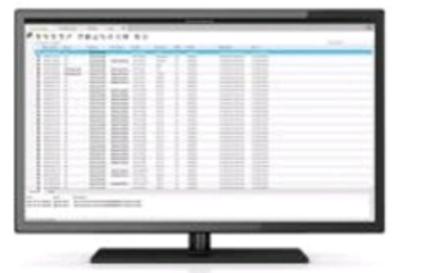Curious about Actual Axis Certified Professional (ANVE) Exam Questions?
Here are sample Axis Network Video (ANVE) Exam questions from real exam. You can get more Axis Certified Professional (ANVE) Exam premium practice questions at TestInsights.
AXIS Device Manager is

Correct : D
AXIS Device Manager is free of charge. This tool provides comprehensive management capabilities for Axis devices without any additional licensing fees. It allows users to efficiently manage, configure, and maintain their Axis network cameras and other devices, ensuring optimal performance and security. Axis offers this tool as part of their commitment to providing user-friendly and cost-effective solutions, as detailed in their product information and support resources.
Start a Discussions
As this person enters the scene, what is true about P-frames?

Correct : C
As a person enters the scene, P-frames (Predictive frames) increase in size. P-frames contain only the changes in the image from the previous frame (I-frame or another P-frame). When there is movement or new objects enter the scene, more data is needed to describe the changes, resulting in larger P-frames. Reference: Axis Communications documentation on video compression and frame types in H.264.
Start a Discussions
When recording a night scene with IR, what is the consequence of using a day-and-night camera without an IR-corrected lens?
Correct : C
When recording a night scene with IR, using a day-and-night camera without an IR-corrected lens can cause the focus to shift. This happens because IR light and visible light have different wavelengths and refract differently through the lens. An IR-corrected lens is designed to handle both types of light without causing a focus shift, ensuring sharp images in both day and night conditions. Reference: Axis Communications product guides on day-and-night cameras and IR-corrected lenses.
Start a Discussions
Using bidirectional predictive interframe in H.264 will
Correct : D
Using bidirectional predictive interframe in H.264, also known as B-frames, will increase the latency in the system. B-frames depend on both previous and future frames (I-frames and P-frames) for encoding, which requires more processing time and thus increases the latency. This trade-off allows for more efficient compression and smaller file sizes but at the cost of increased delay. Reference: Axis Communications documentation on H.264 video compression and the use of B-frames.
Start a Discussions
How can a system designer compare the light sensitivity of network cameras from different manufacturers?
Correct : C
A system designer can compare the light sensitivity of network cameras from different manufacturers by checking the specified lux values of the cameras. Lux is a unit of measurement for illuminance, indicating how much light is needed for the camera to produce a usable image. Lower lux values indicate better low-light performance. While field testing can also be useful, lux values provide a standardized and quick reference for comparison. Reference: Axis Communications product specifications and industry standards on light sensitivity.
Start a Discussions
Total 145 questions